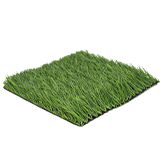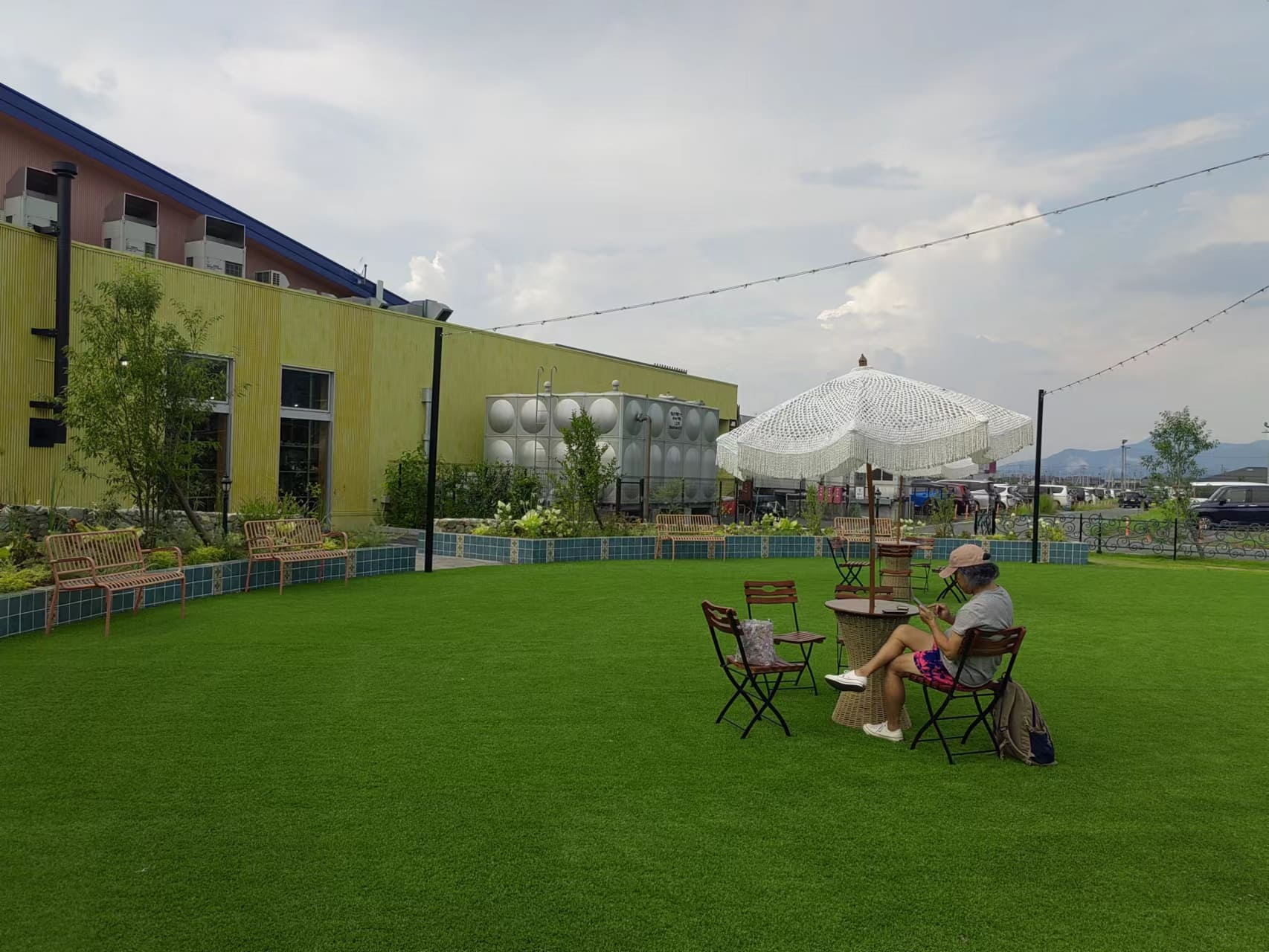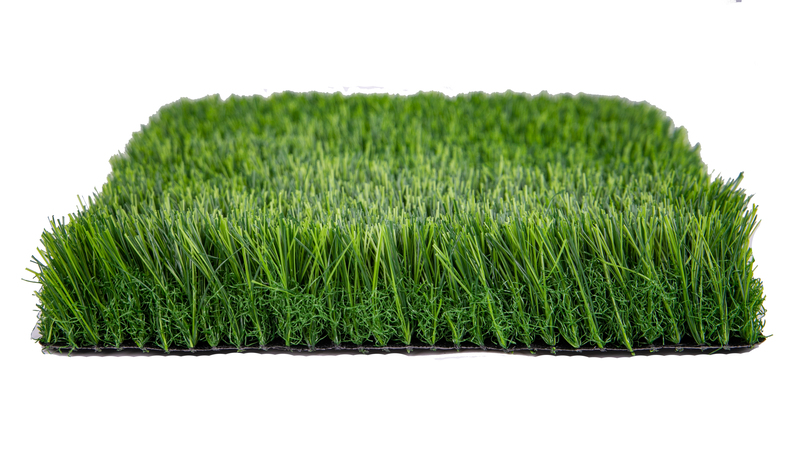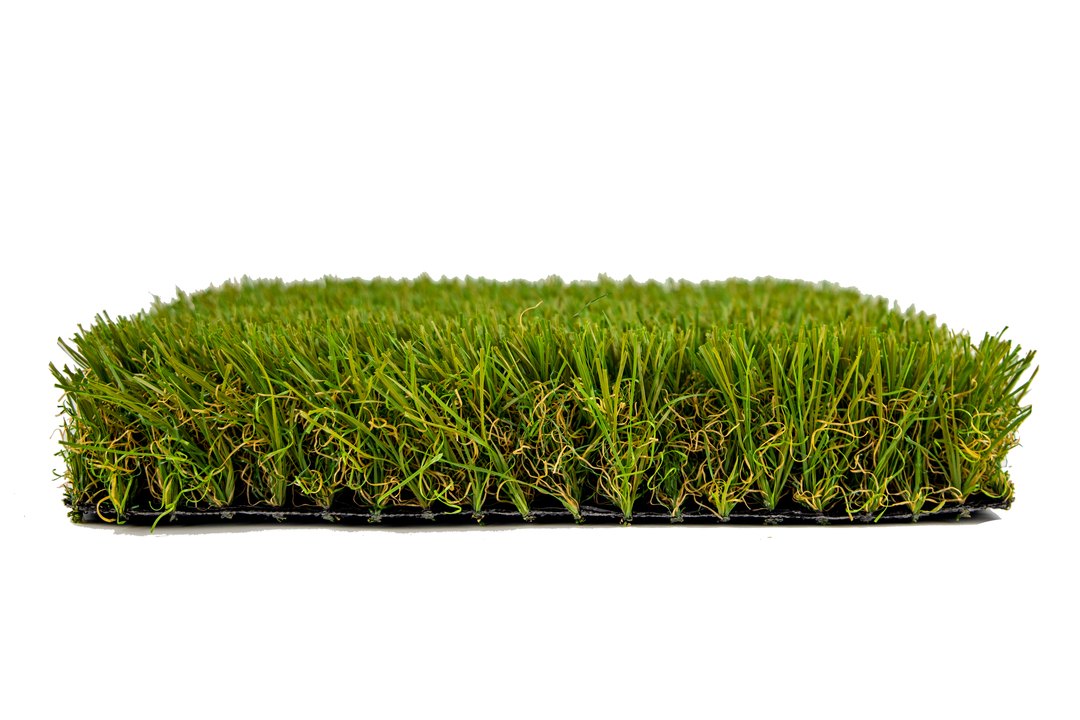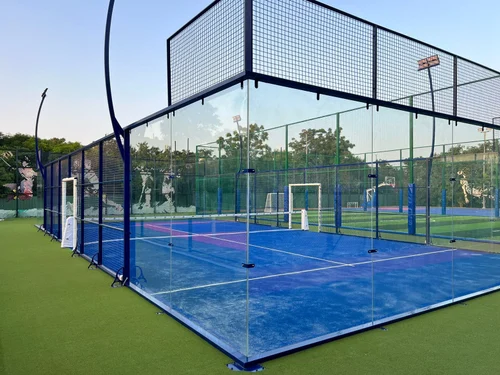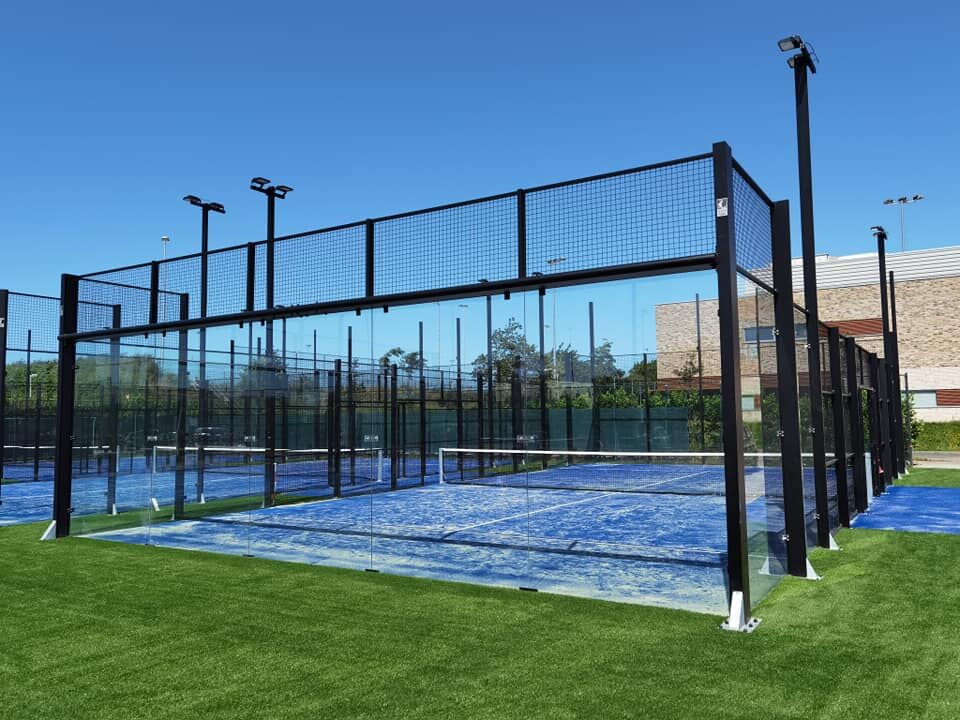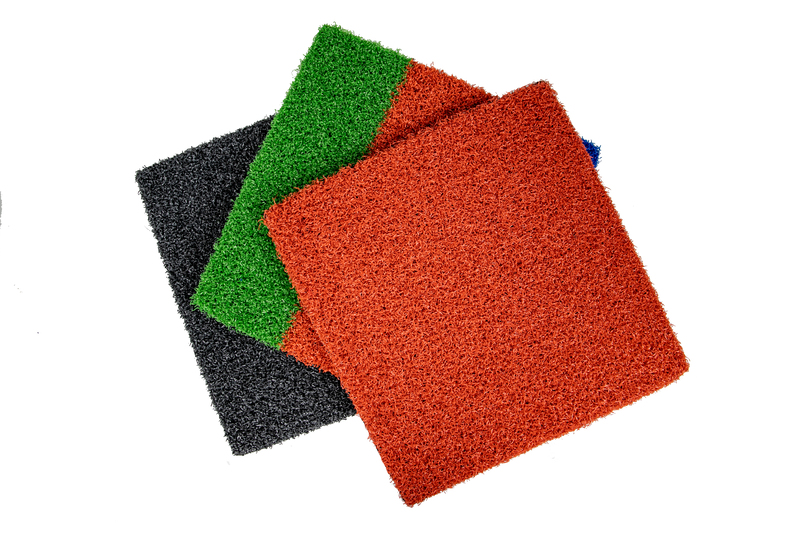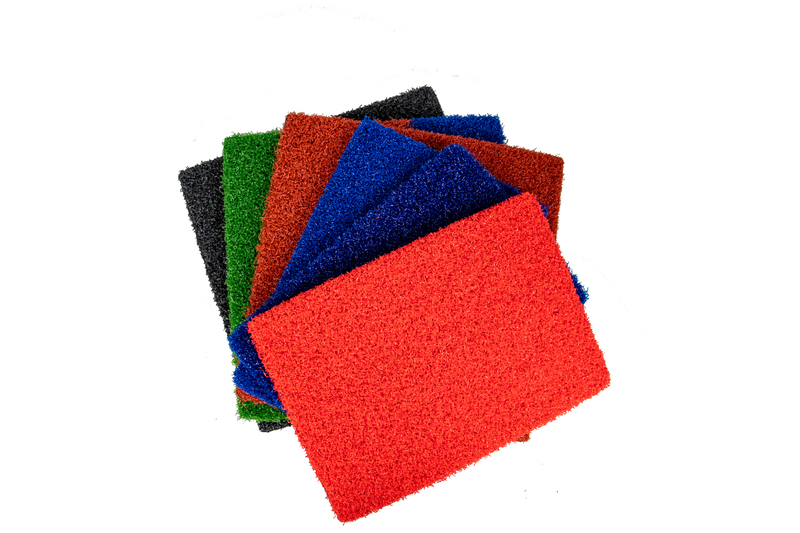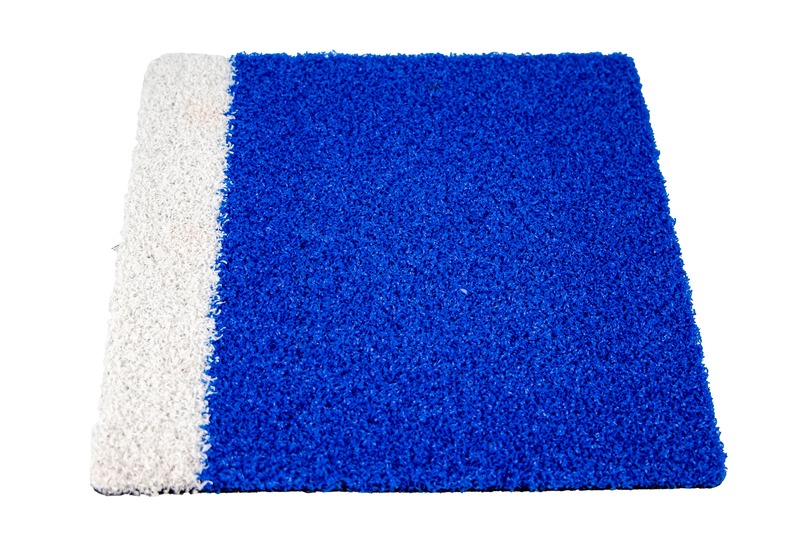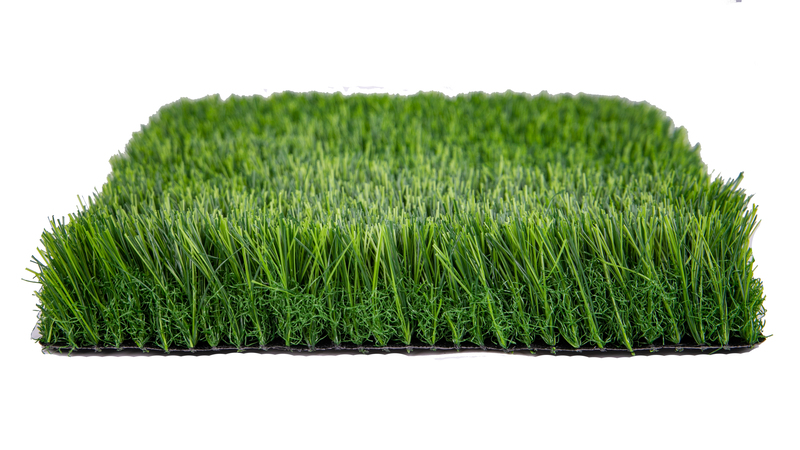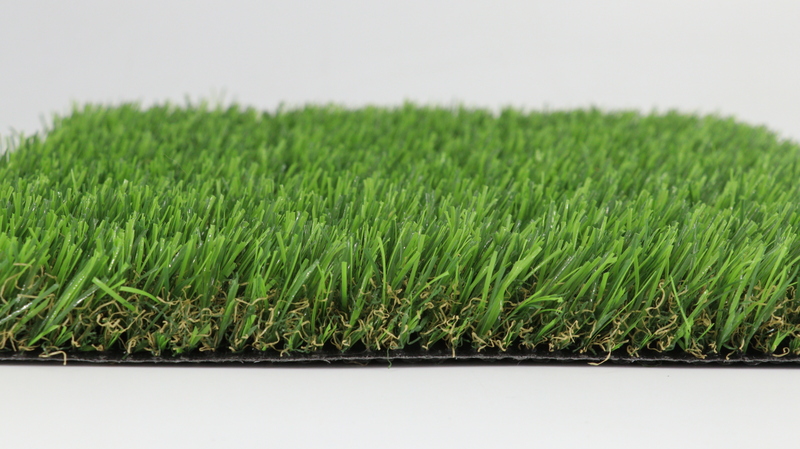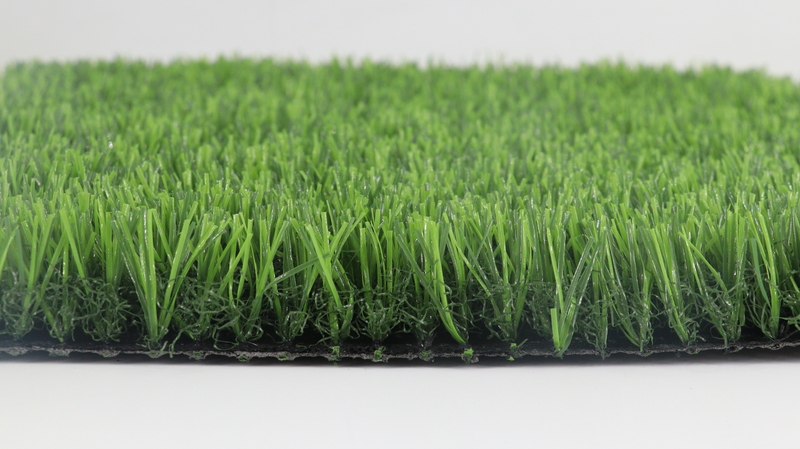Commercial real estate owners and facility managers are increasingly opting for synthetic turf, heralding a significant paradigm shift in landscape architecture. No longer confined to sports arenas, modern polymer grass solutions are infiltrating office parks, retail centers, and urban campuses. As the appetite for sustainable, cost‑effective, and aesthetically consistent grounds grows, property stakeholders are reevaluating traditional lawns.
Economic Advantages
Reduced Maintenance Expenditure
Conventional turf demands routine mowing, fertilization, irrigation, and pest control. Each service call chips away at operational budgets, particularly during peak growing seasons. Synthetic turf, by contrast, eliminates the need for costly equipment and manual labor. A once‑annual sweep and occasional rinse suffice to keep artificial blades pristine, translating into substantial savings on landscaping invoices.
Long‑Term Cost Amortization
Though initial installation costs for high‑quality synthetic turf can be considerable, the lifecycle expense paints a more favorable picture. Unlike sod, which requires periodic replacement, synthetic turf’s resilience can endure a decade or more with minimal refurbishment. When amortized over its lifespan, the upfront investment is eclipsed by cumulative reductions in upkeep and water bills.
Leisure Turf Manufacturer & Supplier in China
Environmental Impact
Water Conservation and Xeriscaping Benefits
In regions beset by drought or stringent water restrictions, every gallon conserved is paramount. Synthetic turf eradicates irrigation demands, slashing water consumption by thousands of gallons per year. By adopting these xeriscaped surfaces, properties contribute to watershed preservation and municipal resilience against arid spells.
Chemical Usage and Eco‑toxicity Reduction
Fertilizers, herbicides, and pesticides, while nurturing verdant lawns, also leach into groundwater and disturb local ecosystems. Artificial turf obviates the need for chemical treatments, curbing the ingress of nitrates and phosphorus into waterways. The ecological footprint of landscape maintenance thus diminishes dramatically.
Aesthetic Versatility
Year‑Round Verdure and Colorfastness
Real grass changes hue with seasons, succumbing to frosts, heat waves, and foot traffic. High‑grade synthetic turf, however, boasts UV‑stabilized fibers resistant to fading and matting. Whether under winter’s pall or summer’s glare, these surfaces maintain an unwavering emerald allure that captivates clients and visitors alike.
Customizable Textures and Pile Heights
Modern manufacturing techniques permit tailored blade lengths, densities, and infill types. From velvety short‑cut lawns for executive terraces to tufted, shock‑absorbent surfaces for play areas, synthetic turf can be finetuned to each site’s functional and visual requisites. Such versatility elevates commercial landscapes beyond the prosaic.
Operational Efficiency
Decreased Downtime and Surface Durability
High-traffic pedestrian zones around entrances and patios often suffer from worn patches and muddy footprints in natural turf. Synthetic turf endures relentless footfall without rutting or bare spots, ensuring every corridor and courtyard remains immaculate and accessible, regardless of weather.
Seasonal Resilience and Uniform Performance
Heavy rains, frost heaves, and temperature extremes can render natural lawns unusable or hazardous. Artificial turf offers consistent drainage and traction, mitigating slippage and mud accumulation. This reliability enhances safety protocols and keeps outdoor venues operational year‑round.
Natural-look Artificial Leisure Grass
Return on Investment (ROI)
Quantifying Savings versus Initial Outlay
Property investors can model ROI by juxtaposing the upfront turf installation expense against projected annual savings in maintenance, water, and liability insurance premiums. Many commercial sites recoup their capital outlay within three to five years, after which the reduced overhead directly bolsters net operating income.
Enhanced Property Valuation and Tenant Attraction
Well‑maintained grounds not only impress clients but also signal meticulous asset management. Synthetic turf installations contribute to curb appeal, fostering a perception of modernity and environmental stewardship. Consequently, vacancy rates decline, lease renewals increase, and appraised property values appreciate.
Conclusion
Synthetic turf epitomizes the confluence of technological innovation and sustainability in outdoor design. As manufacturing processes advance and environmental pressures mount, polymer-based grass alternatives will continue to permeate the commercial real estate sector.
By aligning economic prudence with ecological responsibility and aesthetic excellence, synthetic turf transcends the limitations of natural lawns. For commercial properties seeking to harmonize form and function, this landscape revolution offers an incontrovertible advantage.

